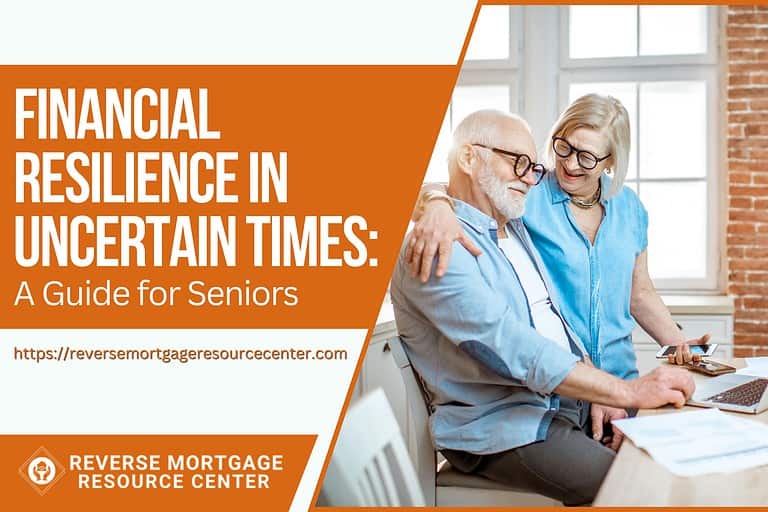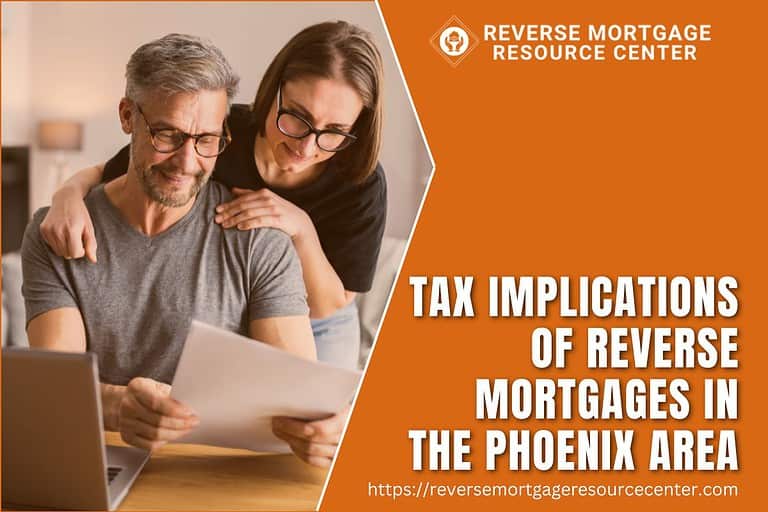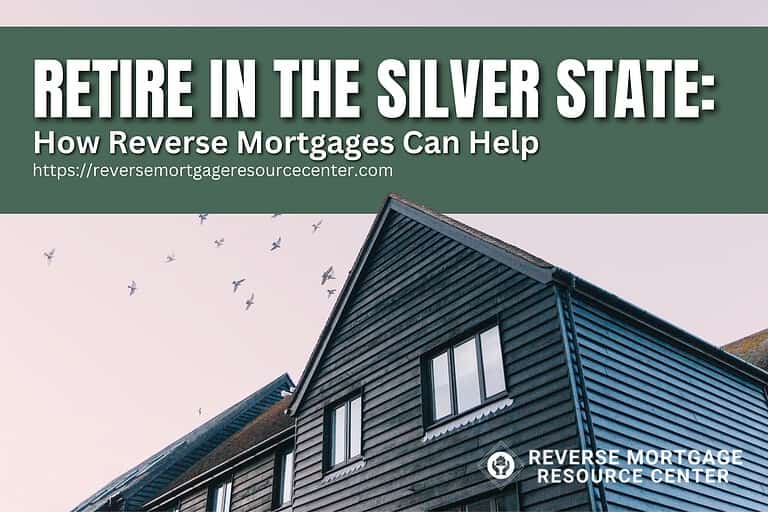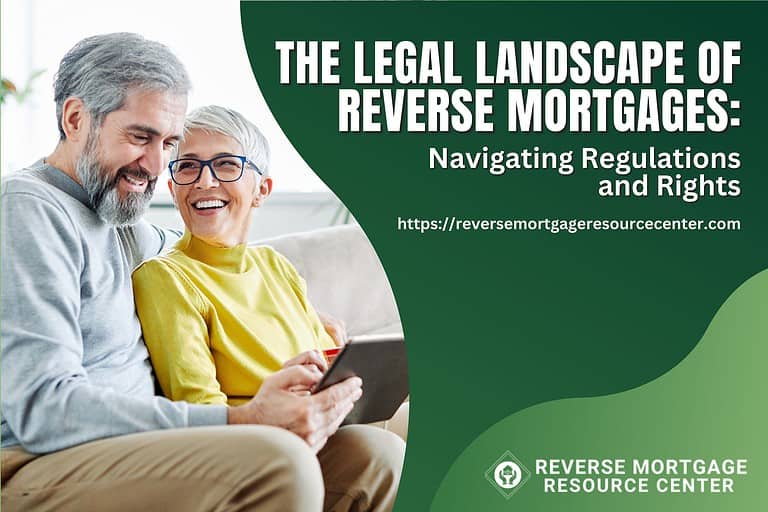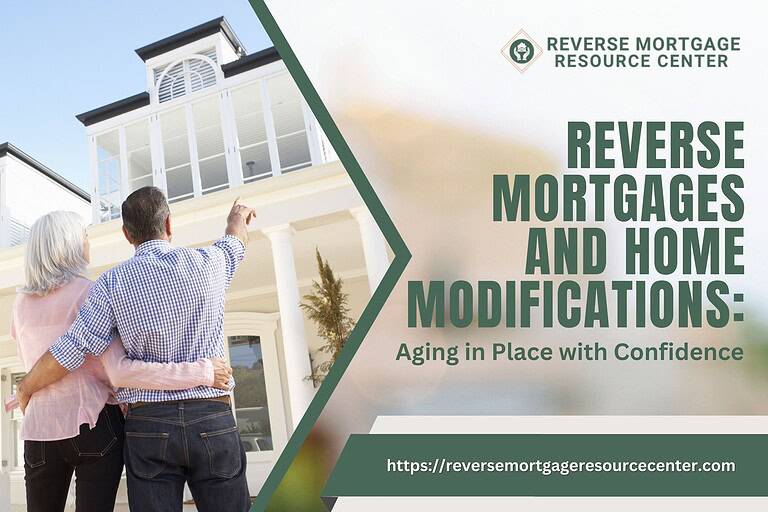Unlocking Home Equity: Arizona’s Guide to Reverse Mortgages
For many Arizona homeowners, their property represents their most significant financial asset. As home values continue to rise, it’s not uncommon for retirees and seniors to sit on a substantial chunk of home equity. Yet, this wealth often remains untapped, leaving seniors struggling to make ends meet during retirement. Fortunately, there is a financial solution that allows homeowners to unlock the value of their homes while still living in them – the reverse mortgage. In this comprehensive guide, we will explore the ins and outs of reverse mortgages in Arizona and how they can be a lifeline for those looking to bolster their retirement finances.
Understanding Reverse Mortgages
A reverse mortgage is a financial product designed to help homeowners aged 62 or older convert a portion of their home equity into readily accessible funds. Unlike traditional mortgages, where homeowners make monthly payments to a lender, with a reverse mortgage, the lender disburses funds to the homeowner. These payments can be structured as a lump sum, monthly installments, or a line of credit.
How Does it Work?
The loan balance of a reverse mortgage increases over time as interest and fees accumulate. The homeowner can continue to live in the home without making monthly mortgage payments, as long as they meet the loan requirements, which include maintaining the home and paying property taxes and insurance.
Types of Reverse Mortgages
- Home Equity Conversion Mortgage (HECM): HECM is the most common type of reverse mortgage and is insured by the Federal Housing Administration (FHA). This means it has government protections and offers several payment options.
- Proprietary Reverse Mortgages: These are private loans offered by banks and financial institutions. They are typically suitable for homeowners with higher home values.
- Single-Purpose Reverse Mortgages: Some state and local government agencies or non-profit organizations offer these to help homeowners with specific needs, such as property taxes or home repairs.
Chapter 2: Benefits of a Reverse Mortgage
Financial Freedom
A reverse mortgage can provide financial flexibility by allowing homeowners to access the equity they’ve built up over the years. This can be a valuable source of readily accessible funds for retirees who want to maintain their lifestyle or cover unexpected expenses.
No Monthly Mortgage Payments
One of the most attractive aspects of a reverse mortgage is the absence of monthly payments. With traditional mortgages, monthly payments can be a significant burden, especially for retirees living on a fixed income. A reverse mortgage eliminates this financial stress.
Stay in Your Home
A reverse mortgage allows you to access your home’s equity while still living there. You retain ownership of your property, and the loan is repaid when you move out, sell the home, or pass away.
Chapter 3: Eligibility and Requirements
Age Requirement
You must be at least 62 years old to qualify for a reverse mortgage. The older you are, the more you can borrow, as the loan amount is based on your age, the home’s value, and current interest rates.
Homeownership Requirement
You must own your home outright or have a low mortgage balance that can be paid off with the proceeds from the reverse mortgage.
Financial Assessment
Lenders will evaluate your financial situation, including your income, credit history, and debt-to-income ratio, to ensure you meet your obligations, such as property taxes and insurance.
Counseling
Before getting a reverse mortgage, you are required to attend counseling with an approved housing counselor. This counseling session helps you fully understand the obligations and risks of a reverse mortgage.
Chapter 4: Repaying a Reverse Mortgage
When Does the Loan Become Due?
The loan typically becomes due when the last surviving borrower passes away, sells the home, or permanently moves out. If the borrower’s spouse is not a co-borrower, there are specific rules regarding repayment, depending on the circumstances.
Options for Repayment
- Selling the Home: The most common way to repay the reverse mortgage is by selling the home. The proceeds from the sale are used to repay the loan, and any remaining equity goes to the homeowner or their heirs.
- Refinancing: In some cases, a borrower may refinance the reverse mortgage into a new one if they have sufficient equity in the home.
- Paying from Other Assets: If they wish to keep the home, heirs can repay the loan using other assets or personal funds.
Chapter 5: HECM vs. Proprietary Reverse Mortgages
HECM (Home Equity Conversion Mortgage)
HECMs are insured by the FHA, making them a safer choice for most borrowers. They have lower upfront costs and offer several disbursement options, including a line of credit, monthly installments, or a lump sum.
Proprietary Reverse Mortgages
The government does not back proprietary reverse mortgages, so they have fewer regulations. These can be an option for homeowners with high-value properties. However, they often have higher upfront costs and may carry more risk.
Chapter 6: The Pros and Cons
Pros
- Financial Freedom: Access your home equity without selling your home.
- No Monthly Payments: Eliminate the burden of monthly mortgage payments.
- Stay in Your Home: Retain ownership and continue living in your home.
- Flexible Disbursement Options: Choose from several disbursement options that suit your needs.
- Tax-Free Proceeds: Reverse mortgage proceeds are generally not considered taxable income.
Cons
- Accumulating Interest: The loan balance grows over time, leading to less equity for heirs.
- Fees and Closing Costs: Upfront costs can be relatively high.
- Impact on Heirs: The loan balance may reduce the inheritance left for heirs.
- Home Value Fluctuations: If the home’s value decreases, it could affect the available equity.
Chapter 7: Common Myths and Misconceptions
Myth #1: The Bank Will Own My Home
Fact: With a reverse mortgage, you retain ownership of your home. The lender does not take ownership.
Myth #2: I’ll Owe More Than My Home’s Worth
Fact: The reverse mortgage is a non-recourse loan, which means you will never owe more than the home’s appraised value.
Myth #3: I Can’t Get a Reverse Mortgage If I Have an Existing Mortgage
Fact: You can get a reverse mortgage even if you have an existing mortgage. The reverse mortgage will be used to pay off the existing mortgage.
Myth #4: Reverse Mortgages Are Only for Desperate Seniors
Fact: Reverse mortgages are a financial tool that can benefit retirees who want to enhance their financial security and maintain their quality of life.
REVERSE MORTGAGE RESOURCE CENTER ~LIVE LIFE ON YOUR TERMS~
Our Lending Team has been serving our clients since 2004. We are passionate about serving our clients with integrity to help them achieve their financial goals.


